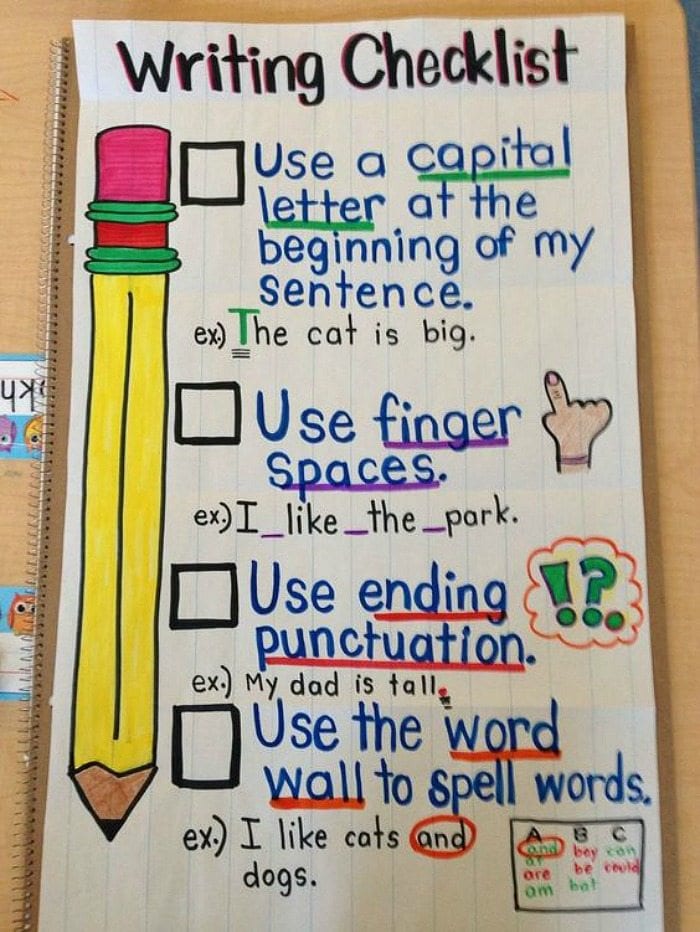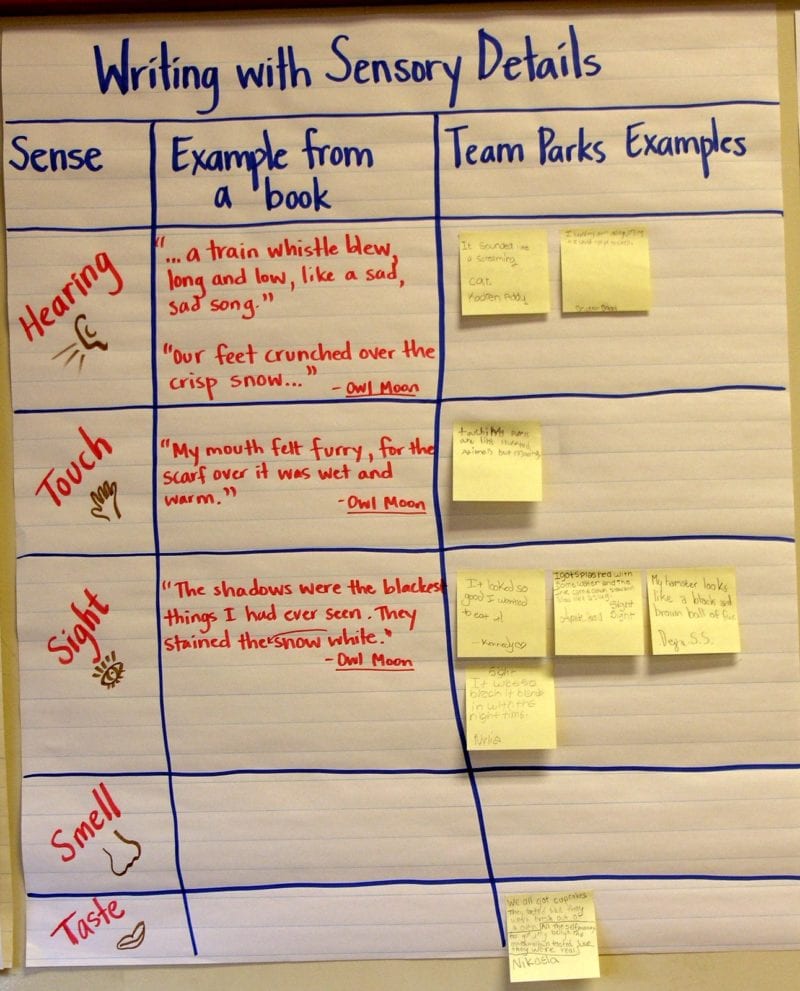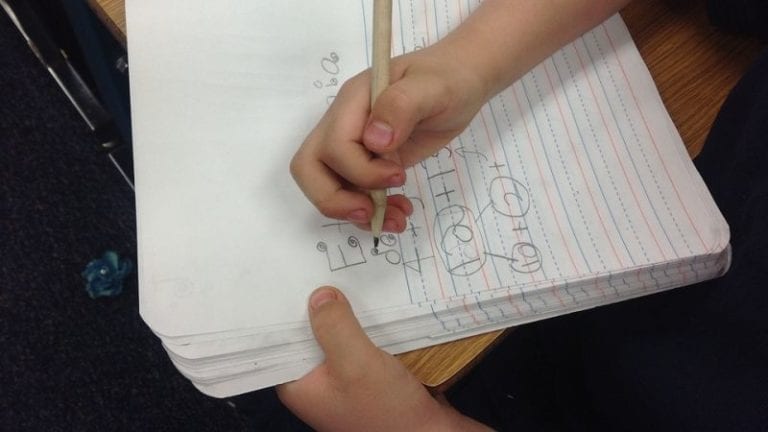There is always at least one in every classroom: the student with a quick, emotional reaction to any kind of writing assignment.
A few years ago, I had a record of four—four!—of these students in one class. I would help one student and another would break down, like an epically un-fun game of whack-a-mole.
You know what I’m talking about. You have one—or several—in your class. During the first week of school, you asked him to write a short paragraph about a summer memory, and he wrote very little but erased a lot. Or maybe she asked to go to the nurse for help with a stomachache when you gave the assignment but magically recovered at the end of the writing period.
Fast forward to later in the school year when students begin writing personal narratives and persuasive paragraphs. Those same students may still cry or freeze up or both. They ask to go to the bathroom, where they linger for as long as they possibly can. Or they manage to look busy while staring at a blank page. They may even chat with every classmate on the way to the pencil sharpener. When you gently nudge them to finally sit down and write, you get tears and crumpled papers.
Why are they so upset?
While words of encouragement go a long way, it’s important to remember that any negative emotional response to writing comes from student fear and anxiety. They likely have this reaction because some aspect of writing is difficult for them.
For some students, difficulty with fine motor skills makes the act of writing by hand especially frustrating. Other students become paralyzed when asked to choose among the many topics they could write about. Many struggle to get their thoughts down on paper, either because they can’t remember what they wanted to write or because their minds have already moved on to their next great thought.
Their crying and frustration comes from not being able to easily do what everyone else in the classroom seems to be able to do with little effort. But we can help. Though they’re not magic beans, use the ideas below to help take some of the sting out of writing for your reluctant writers.
1. Focus on how to write just as much as what to write.

SOURCE: Kindergarten Chaos
Too often, when students say they don’t know what to write, we make the mistake of simply repeating the assignment to them. We remind them of the end product: “Just add four sensory details and edit for grammar mistakes.”
Some reluctant writers hear this kind of request and all of their defenses go up. If you ask them, they will say that they can’t imagine where to start. Yes, even if you just went over it. That is because many reluctant writers concentrate on the finished product and not the steps it takes to get there.
By focusing on how to write, students begin to see writing as a process and not some kind of impossible conjuring act.
2. Take the emotion out of writing by outlining steps.

SOURCE: PPS Teachers and Writers
Let’s continue with the example of adding sensory details. My struggling writers usually know what sensory details are but claim they don’t know how to generate them. Again, they are overwhelmed by the end product before they’ve opened a single Google Doc.
To help them, take the emotion out of adding sensory details by naming and modeling the smaller, concrete steps that go into writing them.
Beyond teaching what a sensory detail is, show how to find and highlight places where more details could be added. Highlighting makes the process more tangible, as they now have a clear first step.
Next, provide strategies and examples of how to brainstorm possible sensory details. Instead of leaving students to their own devices, ask them to talk through the process with a partner. This supports idea generation and keeps students from stewing in silence. Then it is just a matter to adding the new details into their paper.
Breaking up the task into clear and concrete steps makes writing feel more manageable.
3. Use assistive technology to focus on the writing itself.
I recently suggested to a fifth grade student’s parents that their child should use a computer to compose all of his future writing assignments. Handwriting struggles on top of poor spelling made writing by hand pure torture for him, and he was not completing assignments.
His parents were worried that he would no longer get to practice spelling and handwriting if he used a computer. They feared he would become dependent on spellcheck and other technological supports, which would keep him from learning to spell on his own.
I explained that, like a computer trying to run too many programs at once, their son wasn’t able to document his thinking on paper because his attention kept being diverted by his spelling and handwriting troubles. He would get more out of working on spelling and handwriting separately when he could give them his full attention. Meanwhile, the assistive technology would quiet some of his writing frustration and allow him to finally focus on what he wanted to say.

